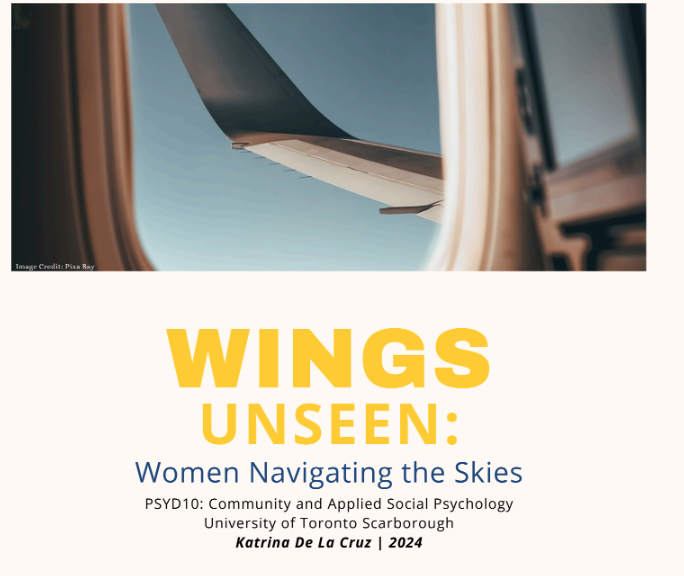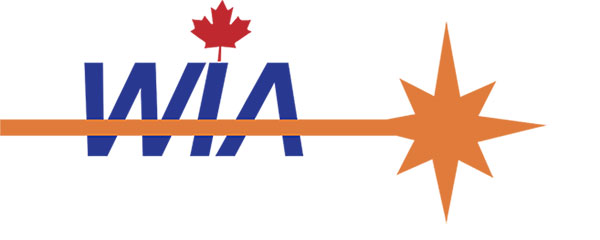
Read the Full Knowledge Mobilization Document HERE
The purpose of this knowledge mobilization document is to put forward a set of recommendations that the Aviation Industry can use to recruit more female pilots and to foster a supportive environment for training women who wish to pursue aviation careers. The final goal is to be part of the movement to address the issue of gender equity within the aviation industry. In doing so, I will be exploring (1) factors that either persuade or dissuade women from entering the aviation industry, (2) analyze solutions which have already been implemented to increase women’s interest and ability to enter, and finally (3) discussing a set of recommendations the Aviation Industry can potentially implement to increase female recruitment.
I discuss three factors that might persuade or dissuade women from pursuing aviation careers: the lack of female role models, gender bias in the aviation industry, and the general public’s lack of acceptance of female pilots. These factors are can be seen as a motivating force to join aviation (i.e., factor of persuasion) or could be seen as a barrier which prevents interest and motivation (i.e., factor of dissuasion). It is important to examine these factors because if we can understand factors which persuade females, we can determine what solutions are working and how we can continue or improve on those solutions. Likewise, if we understand what dissuades females, this allows us to get to possibly one of the root causes of gender equity.
Recommendations come from how to combat the three major factors of dissuasion previously discussed. To make up for the lack of female role models or connections in the industry, a brochure and pamphlet would come in handy. The information should include different female aviation organizations and their information so students can refer to their websites and potentially join the organization. Doing so, allows aspiring female student pilots to have a glimpse at the community of females within the industry.
The second factor of dissuasion is the stereotypes present in the industry. One of the stereotypes is that it’s a male-dominated industry, that’s a fact that can change. By displaying instructors, students can see and feel the presence of female instructors. This will provide more confidence and comfort to potential students who are still weary of joining the industry due to the stereotype of it being male-dominated.
The third factor of dissuasion is the lack of acceptance female pilots receive from male peers and male passengers. Thus, to combat this issue, it’s best to highlight student training early on.. Every month or in clusters, organizations and flight centres can use their social media platforms to create posts about students who’ve recently achieved a milestone in their training. For example, let’s say in October two students had their first solo flights and 5 students completed their night rating. Then the flight centre or organization can create an October highlight post showcasing the achievements of these students. By highlighting student achievement, aviation organizations can showcase how every student undergoes the same rigorous training to become a pilot. This allows the public to understand that judgment between male and female pilots should dissolve since they all undergo the same training from the beginning of their journey.
To understand gender-inclusive policies, changes, and significance means to understand why the topic of women in STEM and women in aviation is important. Such changes can foster a comfortable and welcoming environment which encourages success for women as it does for men.
